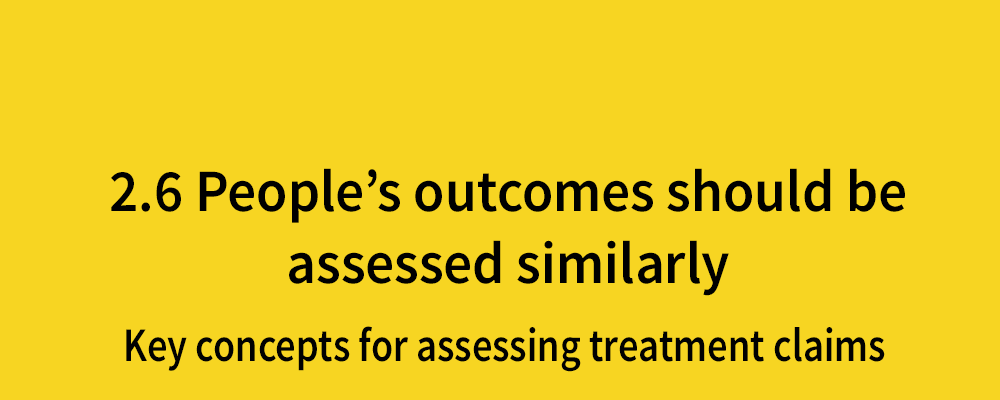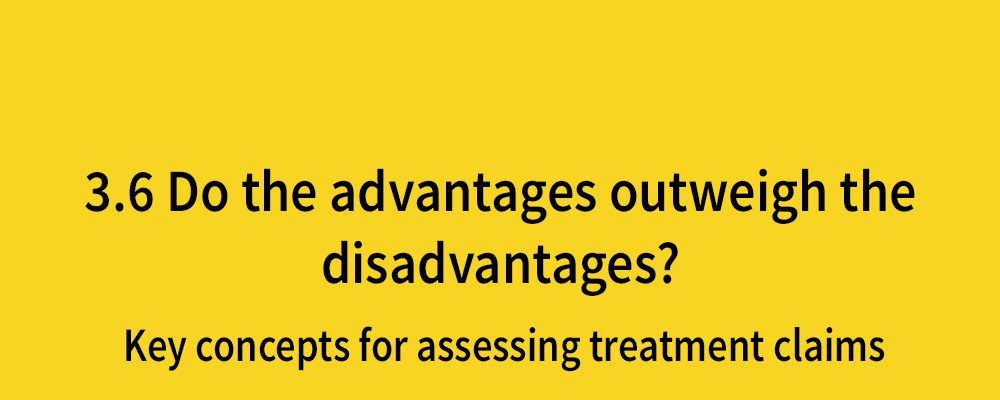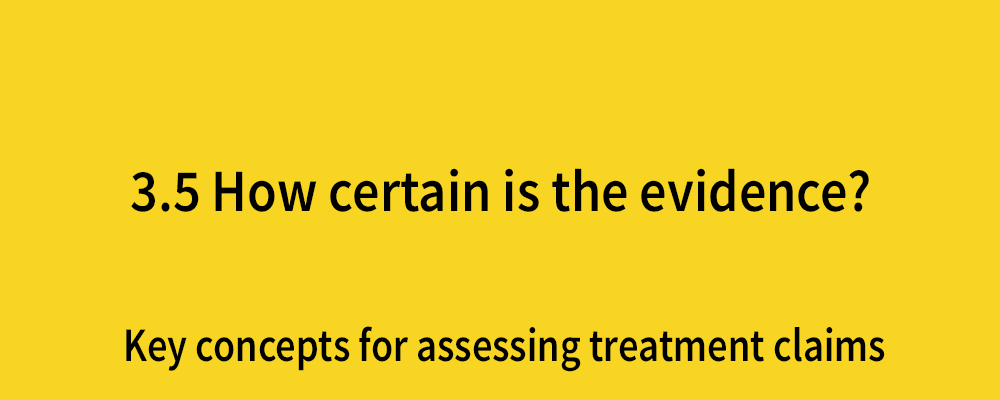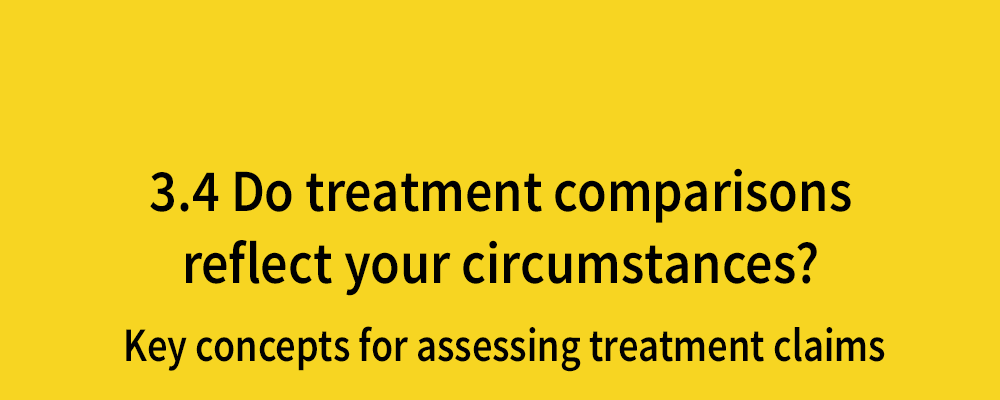People’s outcomes should be assessed similarly
Posted on 10th November 2017 by Dennis Neuen

This is the eighteenth blog in a series of 36 blogs based on a list of ‘Key Concepts’ developed by an Informed Health Choices project team. Each blog will explain one Key Concept that we need to understand to be able to assess treatment claims.
Many people familiar with research are familiar with the concept of ‘blinding’, through which a patient receiving a treatment or an investigator delivering the treatment does not know exactly what is given. But is this enough to prevent observer biases?
Consider this scenario. A randomised trial is testing the efficacy of morphine versus an alternative analgesic for the management of acute pain. The patients have no idea which drug they are taking and the clinicians allocating the treatment do not know either – they just take it out of a designated box, based on patient number, and deliver it to the patient. Minimal bias, right?
However, ‘independent’ researchers record the patient pain scores in the two comparison groups. Unless they, too, are blinded to the allocation of the patients whose scores they are assessing, they can be biased by this knowledge. For example, they may assign lower pain scores to patients assigned to receive morphine, compared with the other analgesic . To prevent this bias, it is important to keep all those involved with outcome assessment, as well as patients and clinicians, ‘blind’ to the intervention that has been assigned.
The question “Was this example study blinded?” raises the further question “What exactly does the answer ‘Yes’ mean?”
Many reports of studies will refer to a study having been ‘blind’ or ‘double blind’. However, too often it is impossible to work out who was blinded [1] – since the terms are used so inconsistently [2]. The Consolidated Standards of Reporting Trials (CONSORT) statement recommends that descriptions of blinding are explicit [3]. However, the frequency of adequate descriptions of blinding (participants, health personnel and assessors) is low, even in top journals [4].
If the study’s outcome assessment was not blinded, what problems do we need to consider?
There are two questions to give thought to when considering risk of bias from lack of blinding of outcome assessment [5]:
- Who is assessing the outcome?
- How objective was the outcome being assessed?
Who is conducting the assessment? It is easy to foresee problems with bias in a trial where the intervention was known by assessors – for example, a family member recording pain in another family member using a visual scale may be more likely to be biased than an independent, unconflicted observer.
Similarly, it is important to consider the outcome itself, since the level of subjectivity can affect the risk of bias. Knowledge of an assigned intervention may well have an impact on an outcome such as self-reported quality of life, compared with a much more objective outcome, such as like mortality.
We often consider blinding in terms only of patients and clinicians. However, we must remember how effectively observer bias has been controlled depends as well on which outcomes have been assessed and whether those recording them have been blinded to the treatment allocated. In summary, where possible, people’s outcomes should be assessed similarly.




